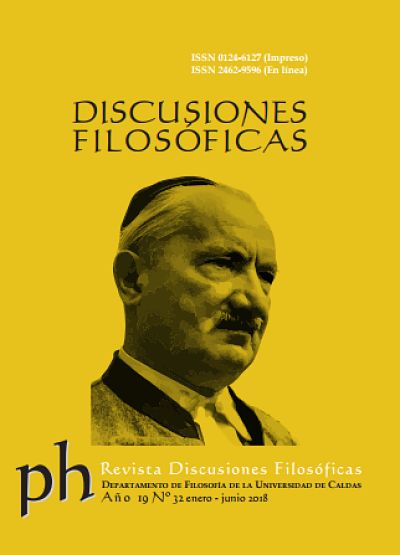Authors
Abstract
Mirror neurons are a special class of visuomotor neurons originally discovered in the F5 area of the macaque brain by a group of neuroscientists from the University of Parma (Gallese et al., Rizzolatti et al.). Since their discovery, mirror neurons have been postulated as the neurophysiological basis for understanding actions and a mechanism for imitation, although macaques do not have the ability to imitate. In humans, mirror neurons are believed to be responsible for social communication in a broad sense (from empathic apprehension and even to language). The cognitive neuroscience community and adjacent disciplines are divided over the exact role they play in social cognition. Although this dispute can only be resolved from empirical evidence, this paper reflects on whether encouraging a belief in the innateness of this neuronal structure increases negative social consequences.
Keywords:
References
Bateson, Patrick. “Are there principles of behavioural development?” The Development and Integration of Behaviour. Cambridge: Cambridge University Press, 1991. 19-39. Print.
Chomsky, Noam. “Review of B.F. Skinner's ‘Verbal Behaviour’”. Language, 35, 1959: 26-58. Print.
Daniels, Norman. Just Health: Meeting Health Needs Fairly. Cambridge: Cambridge University Press, 2007. Print.
Dehaene, Stanislas. “Evolution of human cortical circuits for reading and human arithmetic: The neuronal “recycling” hypothesis”. Eds. S.
Dehaene, J.R. Duhamel, M. Hauser and G. Rizzolatti. From Monkey Brain to Human Brain. Cambridge: Massachusetts. MIT Press, 2004,133-158. Print.
Fodor, Jerry., The Modularity of Mind. Cambridge: Massachusetts. MIT Press, 1983. Print.
Gallese, Vittorio. et al. “Action recognition in the premotor cortex”. Brain, 119 1996: 593-609. Print.
Gómez, Juan Carlos. Apes, Monkeys, Children, and the Growth of Mind. Cambridge: Harvard University Press, 2009. Print.
Gordon, Peter. “Numerical Cognition Without Words: Evidence from Amazonia”. Science, 306, 2004, 496-499. Print.
Heyes, Cecilia. “Where do mirror neurons come from?” Neuroscience and Biobehavioral Reviews, 34 , 2010: 575-583. Print.
Knobe, Joshua y Shaun Nichols. Experimental Philosophy. Oxford: Oxford University Press, 2008. Print.
Mameli, Matteo y Patrick Bateson. “An evaluation of the concept of innateness”. Phil. Trans. R. Soc. B., 366, 2011: 436-443. Print.
Meltzoff, Andrew and M. Keith Moore. “Imitation of Facial and Manual Gestures by Human Neonates”. Science. Oct. 1977: 75-78. Print.
Pinker, Steven. The Blank Slate: The Modern Denial of Human Nature. London. Penguin, (2003). Print.
Rizzolatti, Giacomo et al. “Premotor cortex and the recognition of actions”. Cogn. Brain Res. 3. Mar. 1996a: 131-141. Print.
Vohs, KD. and JW Shooler. “The value of believing in free will. Encouraging a belief in determinism increases cheating”. Psychological Science. 19, Jan. 2008: 49-54. Print.

 pdf (Español (España))
pdf (Español (España))
 FLIP
FLIP

























